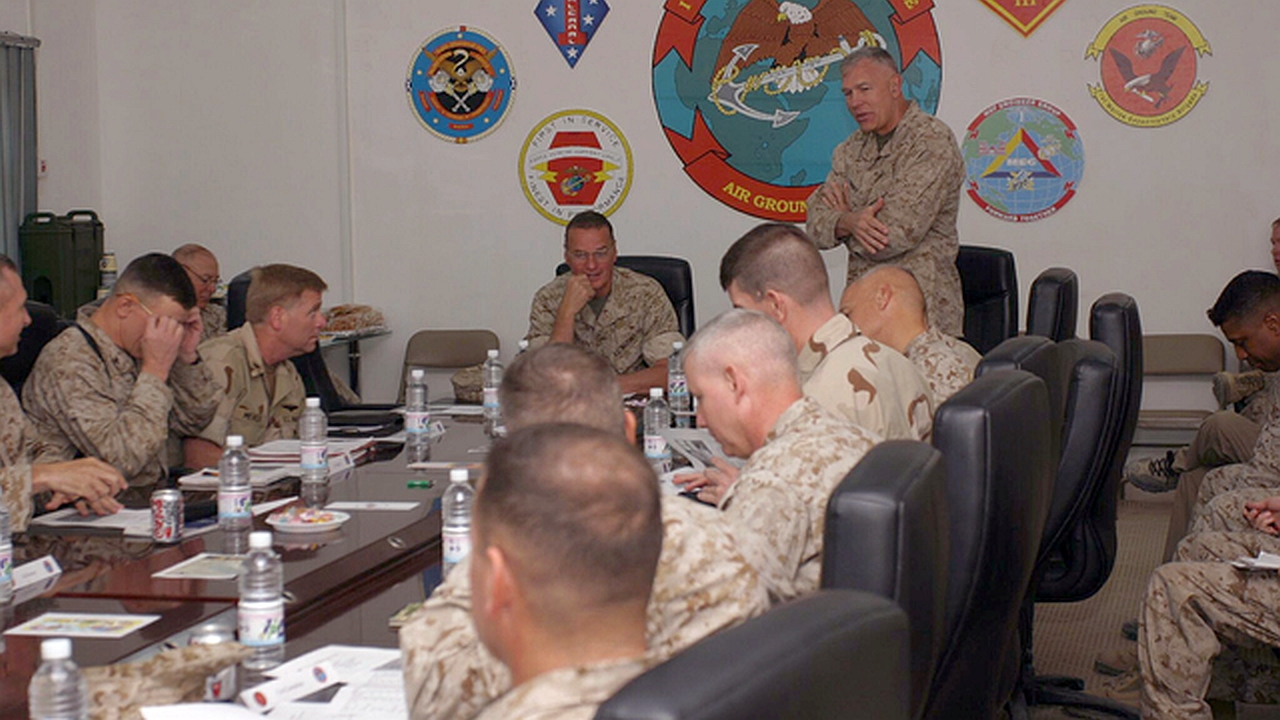
Organization Management Rhythm (part 2): Meeting rules
This article is part 2 of a series of articles on Organization Management Rhythm.
The most famous rules for meetings are Robert’s Rules of Order1 The first edition of these rules for running meetings was published in 1876. Since then there have been twelve editions published and three in brief editions, with the latest happening in 2020:
The twelfth, current, edition has been brought about through a process of keeping the book up to date with the growth of parliamentary procedure. All editions of the work issued after the death of the original author have been prepared by persons who either knew and worked with the original author or are connected to such persons in a direct continuity of professional association.
These rules include an agenda or order of business, how to act in each, the decorum, and how to close the meeting. These rules are simple and can be leveraged no matter which type of meeting you are in.
MeetingSift has 10 common ground rules for meetings2:
- Show up on time and come prepared.
- Stay mentally and physically present.
- Contribute to meeting goals.
- Let everyone participate.
- Listen with an open mind.
- Think before speaking.
- Stay on point and on time.
- Attack the problem not the person.
- Close with decisions and identify action items.
- Record outcomes and follow ups.
Forbes has 21 unwritten rules of meetings published in 2013 that are still relevant3:
- Make sure you really need the meeting.
- Each meeting needs a purpose.
- Schedule time needed.
- Start on time.
- End on time.
- Only invite people who must be there.
- Have someone assigned to run the meeting ahead of time.
- Bake in a few minutes for chit-chat.
- Send out read ahead at least 3 hours prior to the meeting.
- Book the space ahead of time.
- Set an agenda.
- Don’t give handouts out at the meeting.
- Do not check your phone.
- Keep track of next steps as the meeting goes on.
- Assign actions to people.
- Engage or interrupt people based on participation.
- Rein in the conversation if it goes off track.
- If the meeting is over an hour schedule breaks.
- Watch body language.
- If needed have a scribe.
- Regularly assess if recurring meetings are needed.
Ten science-backed rules for meaningful meetings4:
- Experiment with meetings.
- Define meetings.
- Use technology.
- Avoid drift.
- Build larger teams for some meetings.
- Embrace diversity.
- Build commitment to the meeting process.
- Plan the design of meetings.
- Use leadership to enhance performance.
- Plan for creativity and capture these outcomes.
So why all the focus on rules? Meetings can be short and to the point if the meeting rules and agenda are followed. This is one of the biggest errors made in any organization. It can take a thirty minute meeting to four hours. The rules are for everyone to follow including the senior management present.
Next part (part 3): Organization Management Rhythm.
Acknowledgements: Thank you to Tomi Antill, Keith Davis, Elise Keith from Lucid Meetings, JFHQ-C Leadership, and Kendra Albright from Kent State University, without whose support this series would not have been possible.
Header image source: U.S. National Archives, Public Domain.
References:
- Robert III, H. M., Honemann, D. H., Balch, T. J., Seabold, D. E., & Gerber, S. (2020). Robert’s Rules of Order. 12th Edition. ↩
- Lid, V. (2017). The 10 Ground Rules for Meetings. http://meetingsift.com/ground-rules-for-meetings/ ↩
- Cavoulacos, A. (2013, September 17). The 21 Unwritten Rules Of Meetings. Forbes. https://www.forbes.com/sites/dailymuse/2013/09/17/the-21-unwritten-rules-of-meetings/?sh=1d070eda399b ↩
- Lortie, C., Allen, J. A., Darling, H., Walshe, A., Abrahams, M., & Wharton, S. (2019). Ten simple rules for meaningful meetings. https://doi.org/10.31235/osf.io/ethrg ↩






